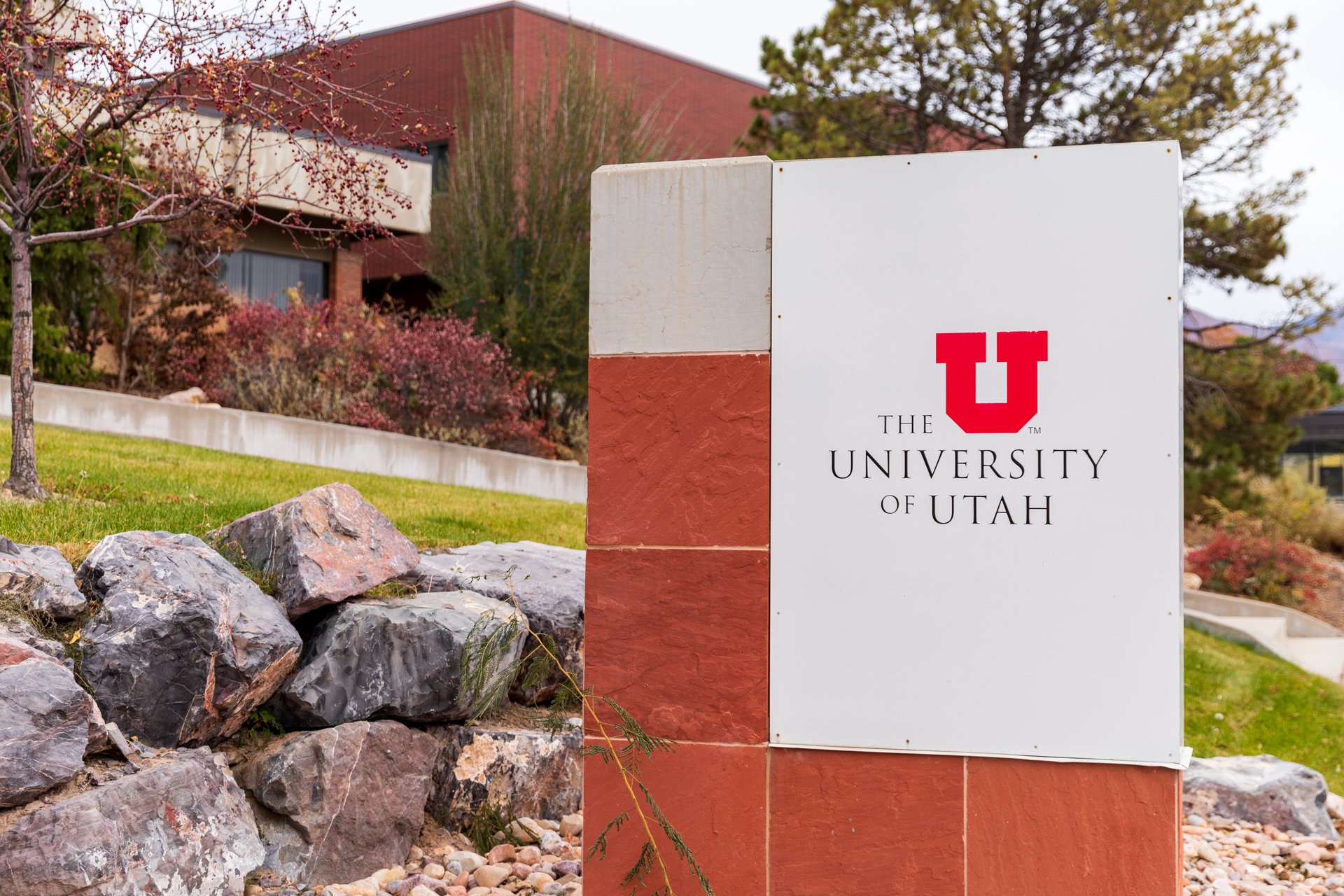Good morning, and thanks for spending part of your day with Extra Points. And congrats to the UConn Women for their outstanding national championship victory over the weekend!
The biggest non-sports news from the last few days was the Trump administration’s decision to dramatically increase tariffs on imports from roughly 90 different countries, over 40% in some cases. The White House says this is policy is “reciprocal” and meant to incentivize manufacturing to return to the United States. Most economists have, uh, a slightly different opinion. But even if these tariffs are ultimately successful, in the short term, they will function as a massive tax increase.
Like I imagine many other families, we spent the last few days looking at what sorts of things we regularly purchase could be directly impacted by higher tariffs. Many agricultural products, like coffee and bananas, are nearly entirely imported, as are several types of popular electronics, like TVs and video game systems.
If any industry looked like it would probably be more protected from the direct impact of import taxes, it would be college athletics, right? After all, every single DI university in the United States, the events are almost exclusively held in the US., and the immediate consumption (via tickets, TV rights, event sponsorship, etc.) overwhelmingly skews American.
But when you look under the hood…well, there are more international connections than you might think.
But first, let me share a quick message from an advertising partner, right here in the United States:
We’ve partnered with Chicago Steak Company to get you 12 FREE steak burgers, FREE steak seasoning and FREE shipping with a minimum order of $119. Use promo code FREEGIFTS at check-out.
Since 1865, Chicago Steak Company has been at the heart of high-quality American meats. With 3 generations of experience, you will taste their commitment to tradition in each steak.

Consider athletic apparel
The overwhelming majority of apparel for major college athletics comes from three companies: Nike, adidas, and Under Armour (New Balance also has three D-I institutions).
Over the last few days, Nike’s stock dropped double digits, wiping out billions in market value. A major reason? The majority of Nike products are manufactured in Vietnam, Indonesia and China, three countries with new tariff rates above 30%.
But that isn’t just a Nike problem. Adidas also saw a double-digit stock drop for the same reasons, (the majority of adidas products are also manufactured in Asia), as did Under Armour. Via Reuters:
Prices of Nike Jordan and Adidas Samba sneakers are likely to rise in the United States after President Donald Trump imposed a raft of new tariffs on key manufacturers of sportswear and apparel including Vietnam and Indonesia.
…
Bernstein analyst Aneesha Sherman said brands like On Holding , whose $150 sneakers target wealthier shoppers, might more easily push prices up without impacting revenues.
"For everybody else, I think the mitigation strategy short term will be to try to renegotiate supplier and vendor contracts, so kind of share the pain up and down the value chain," she said.
It’s not great for consumers looking to buy new Air Jordans in the near future, but you know else buys a ton of athletic shoes? Athletic departments. While most schools get a certain quantity of free equipment via their athletic partner, that usually isn’t enough to satisfy all the needs of a department. For everything else, schools are able to purchase a certain about of product (shoes, polos, tracksuits, etc.) at a % discount, based on retail pricing.
If the costs of manufacturing jump by 20% or more, will the major apparel companies pass all of that along to regular ol’ consumers? Will they push to renegotiate previous contracts with athletic departments? Or will that 60% off retail discount suddenly look a bit less generous than it did in 2022?
If this trade policy continues for several months, which is an open question, it’s hard to see how athletic equipment expenses don’t increase for many athletic departments.
You can view the details of the athletic apparel contract at your favorite school via the Extra Points Library.
But it isn’t just shoes and polo shirts that come from outside the United States
You know what else is heavily imported? Construction materials! Canada is a major importer of wood and wood-related construction projects, and many metals used in building construction currently come from China. Beyond the raw materials used to build stuff, like concrete, sand, gravel, and iron…some construction projects also need to import tools, like cranes, trucks and industrial equipment.
While I imagine the brunt of that impact may fall on the homebuilding industry, you know who else builds a lot of stuff? College athletic departments! Every new locker room, new stadium renovation or practice facility requires stuff to build it, and the costs of that stuff are likely to increase in the short term. That means potential budget overruns of new and currently in-progress construction projects.
Plenty of actual athletic equipment, beyond apparel, is also manufactured overseas. Wilson baseball gloves? Asia. Speedo swimwear? Made in China, Italy, and Portugal, among other locations. Lots of weight room equipment, like squat racks, come from China and Europe as well. And you know who buys a ton of food? It ain’t just Washington apples, Texas beef and Florida oranges that athletic departments are buying, after all.
Not every time of sporting equipment is built outside the United States, but whew, a lot of them are. There’s a good chance that the costs for nearly everything are going to go up for athletic departments, with the possible exception of software.
There are also potential indirect impacts, like on donations
Athletic departments are also products of their local economy. If a university tends to produce graduates that overwhelmingly congregate in a few industries, or if most folks who graduate tend to remain in a few metropolitan areas, than economic events that disproportionately impact certain industries or localities will also disproportionately impact certain schools.
The common internet joke about the phenomenon is with Texas A&M and oil prices. When oil is $130 a barrel, well, nobody is going to be shy about paying a trillion dollar buyout, right? I believe this specific example is overstated, since Texas A&M is a massive school with very rich alumni working in all manner of industries, but for smaller schools, like Tulsa, McNeese State, Colorado School of Mines, or Wyoming, a downturn in the oil and gas industry often does make it harder to raise money.
I don’t know if there’s a school out there that’s propped up by Big Video Game Money or something (UCF?) or big Italian Wine Money, but there may very well be some schools where one of the leading NIL bagmen is tied up in the import/export world and may suddenly find himself slightly less liquid than he did six months ago.
And even if a school’s top two dozen or so mega rich people or corporate benefactors are mostly fine, there’s still the regular ol’ rank and file fans who will be paying more money to buy coffee, clothes, cars, and other consumer goods. If many schools were already planning on substantially raising ticket prices to offset House payments, will they rethink of cost hikes if their fans are facing financial stress? College tickets, t-shirts and booster club donations are luxury goods, after all. If entertainment dollars get stretched, some consumers will likely make other choices.
All of this is going to be complicated
I’m not trying to be partisan when I say this…but this White House can sometimes do some unpredictable stuff. A tariff that is supposed to kick in on April 9th might not be in place on May 9th…or it could be 10% higher. Trying to predict with absolute certainty what will happen to prices is probably impossible, as almost everybody is trying to figure out just how exposed their supply chains are, how likely this policy is to continue, and how other countries are going to respond. Will they seek to lower US tariffs? Escalate a trade war? The finer points of Vietnam/United States trade policy is beyond the purview and expertise of this humble newsletter project.
More than anything, though, I think it’s important to remember that college sports is not an industry that is somehow unique and removed from the rest of the United States economy. It’s part of society, which means that the sort of policies that impact how you earn and spend your money, eventually, may impact how State U does the same.
So don’t be shocked if ol’ State U has to make some different decisions, because suddenly, shoes are a lot more expensive, and fans aren’t buying quite as many t-shirts as they were projected.

















